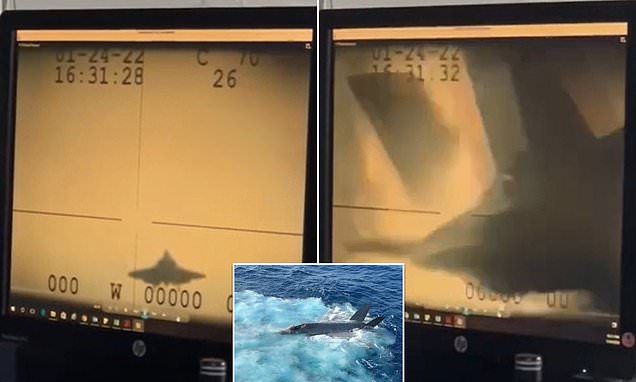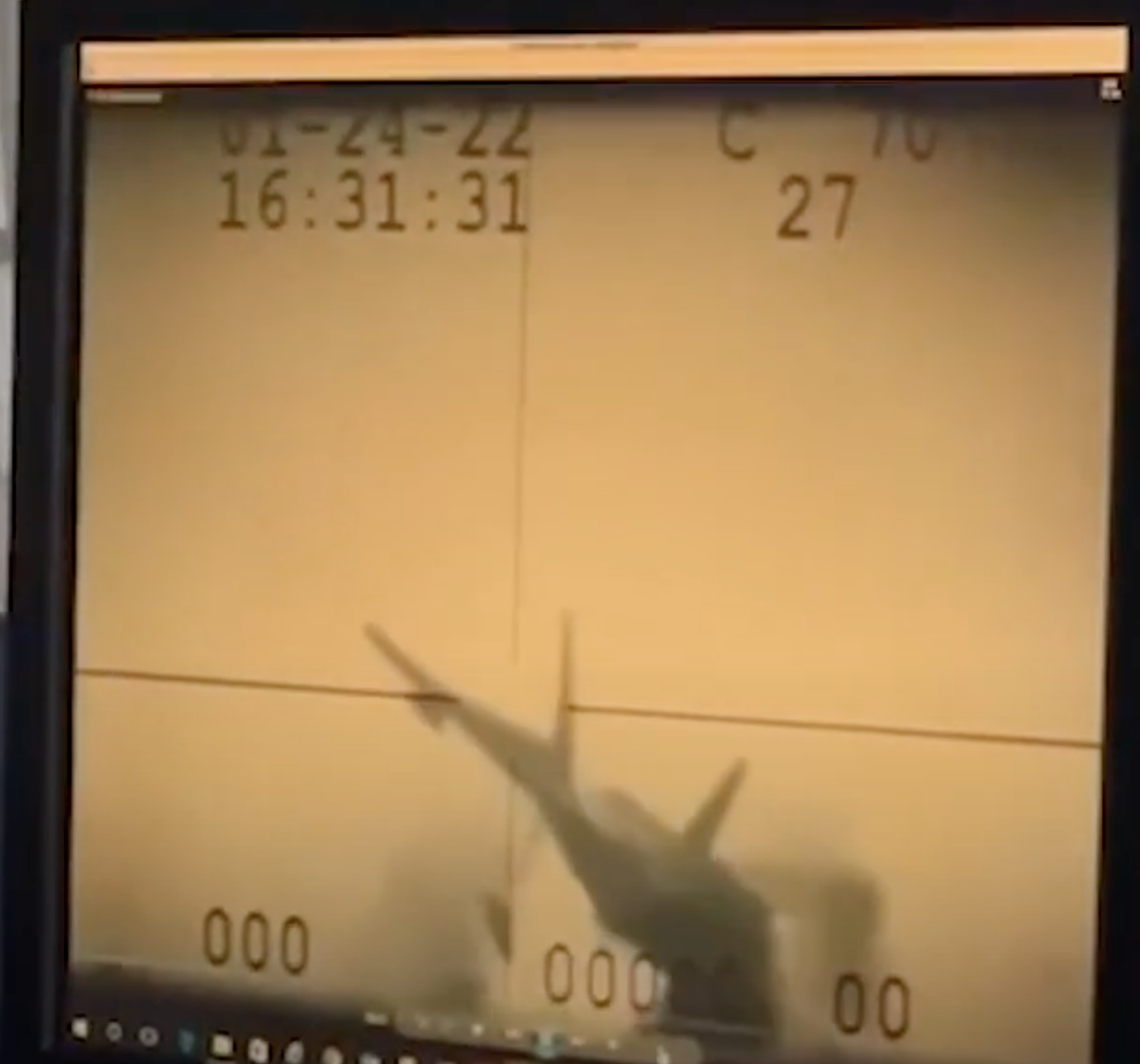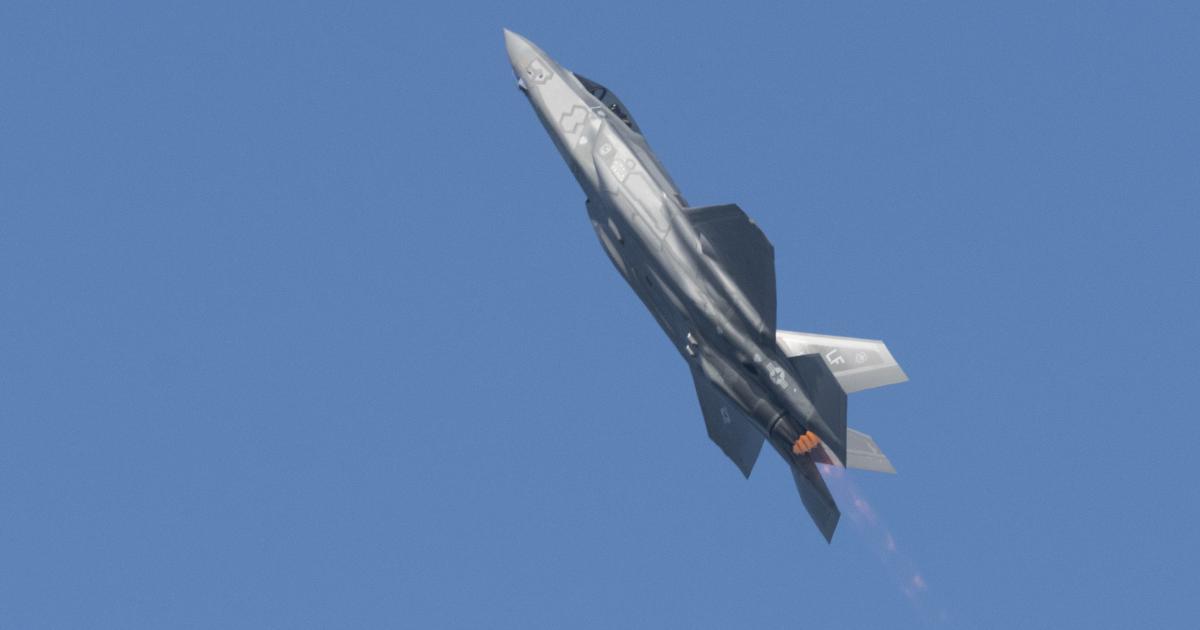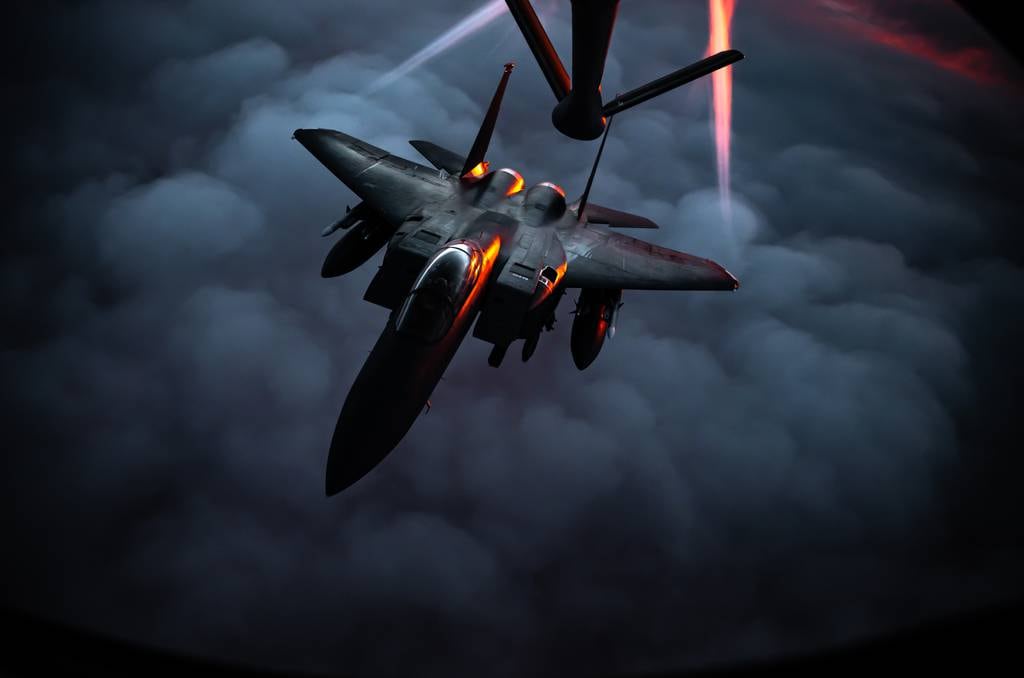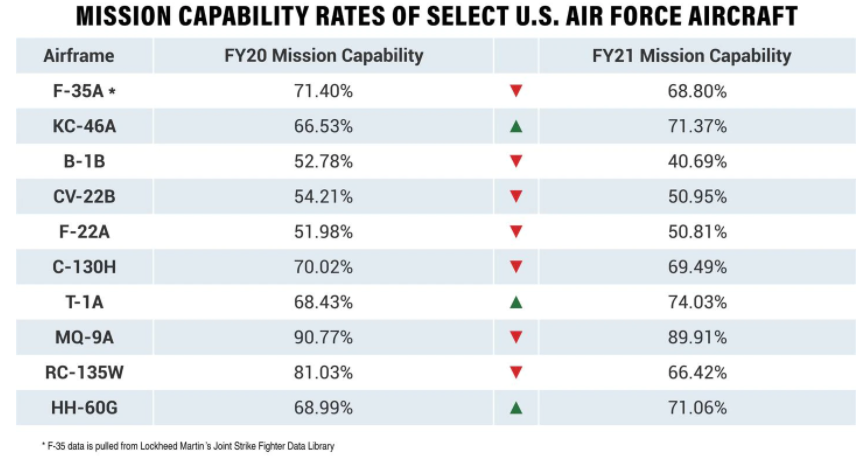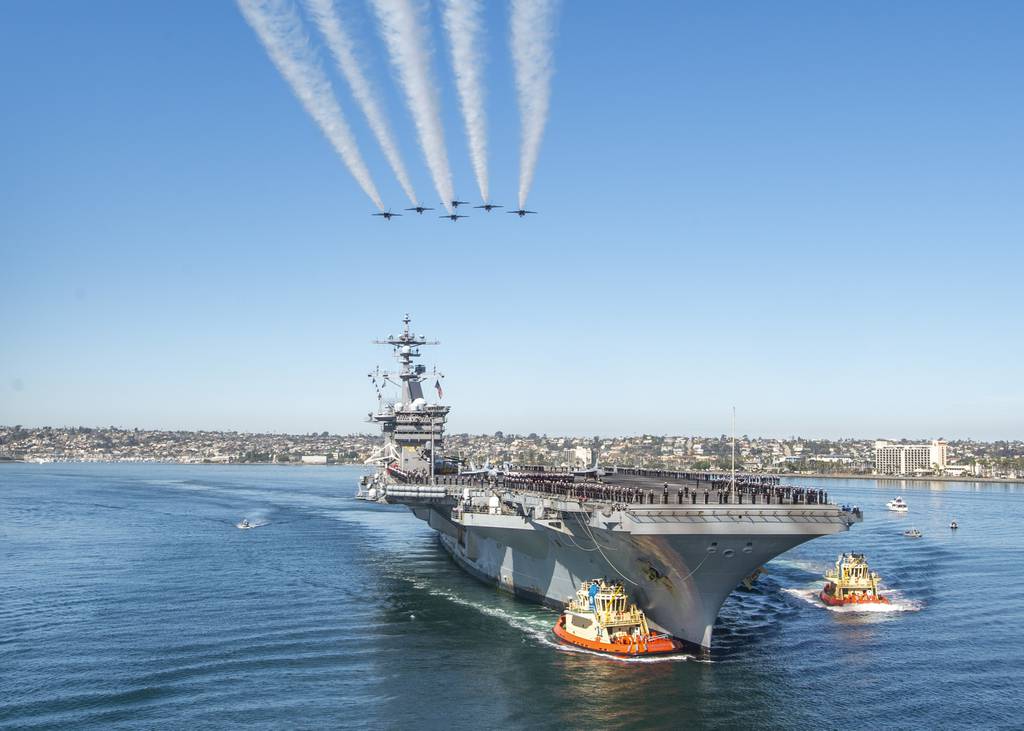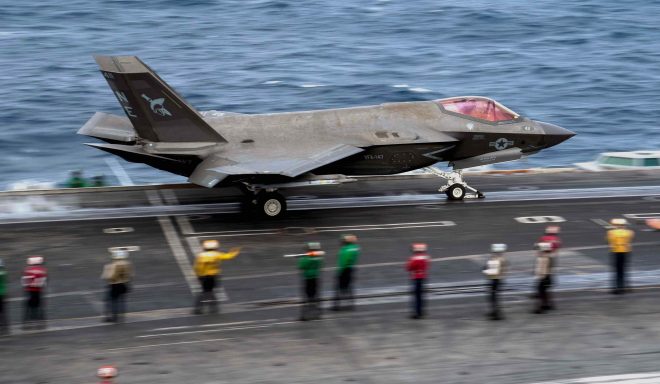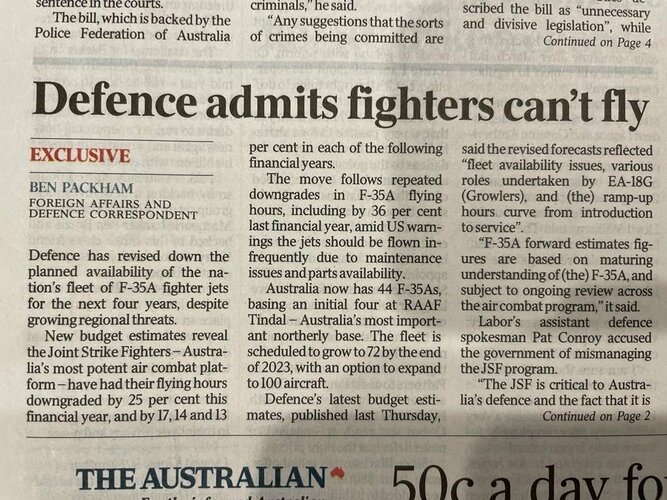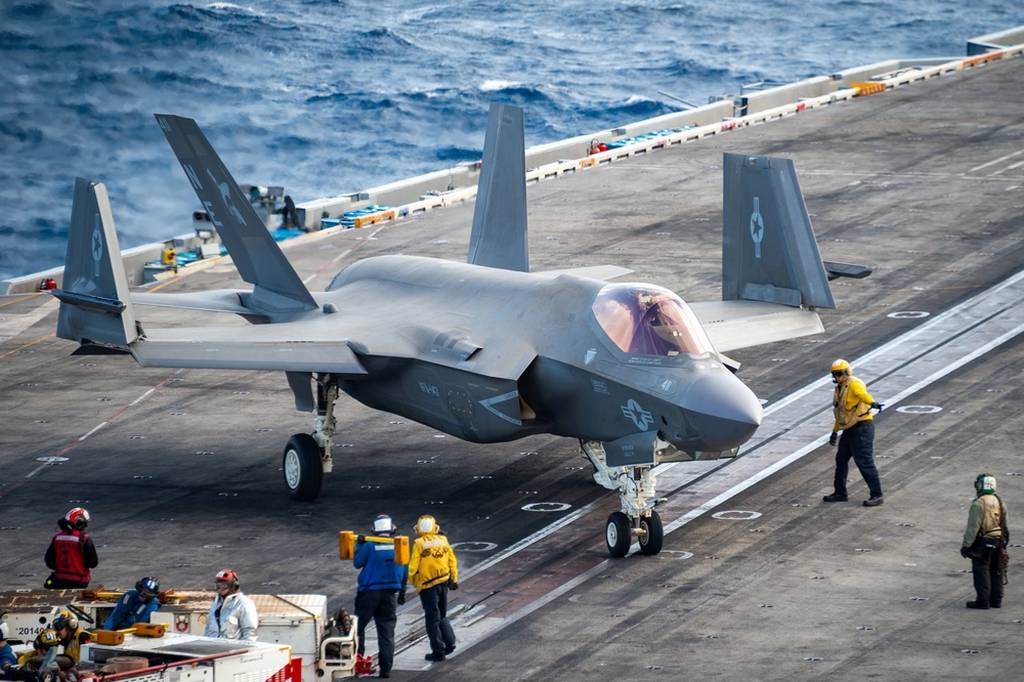Just found this video on YouTube, I do not know if this video is true or not but it appears that the F-35 has been knocked out of Canada's competition to search for the successor to the F/A-18 Hornet.
View: https://www.youtube.com/watch?v=WvFFnM7IjYw
The video (or description, it's the same text) tells the opposite story that the title implies (which happens to be nothing new for those who have been following the program).
#Lockheed #Martin's #f35 knocked out of #Canadian competition? For those trying to predict the future outcome of #Canada #fighter #aircraft competition, the two announcements in the weeks before Christmas seem to tilt the field in favor of the Lockheed Martin F-35 Lightning II. The first was a story leaked over the US Thanksgiving weekend in late November that the Canadian government had selected two bidders to replace its aging Royal Canadian Air Force (RCAF) fleet of the #CF18 Hornet, and the Boeing F/A-18 E/F Block III. The Super Hornet is not among them. The second came a few weeks later, on December 9, when the Finnish government announced the selection of the F-35 for the HX fighter aircraft program to replace the F/A-18 Hornet fleet. Like Canada, that competition includes the Boeing Super Hornet, Saab Gripen E,
Further proving the old adage that any news story with a question mark on its title can be answered with a "no".


